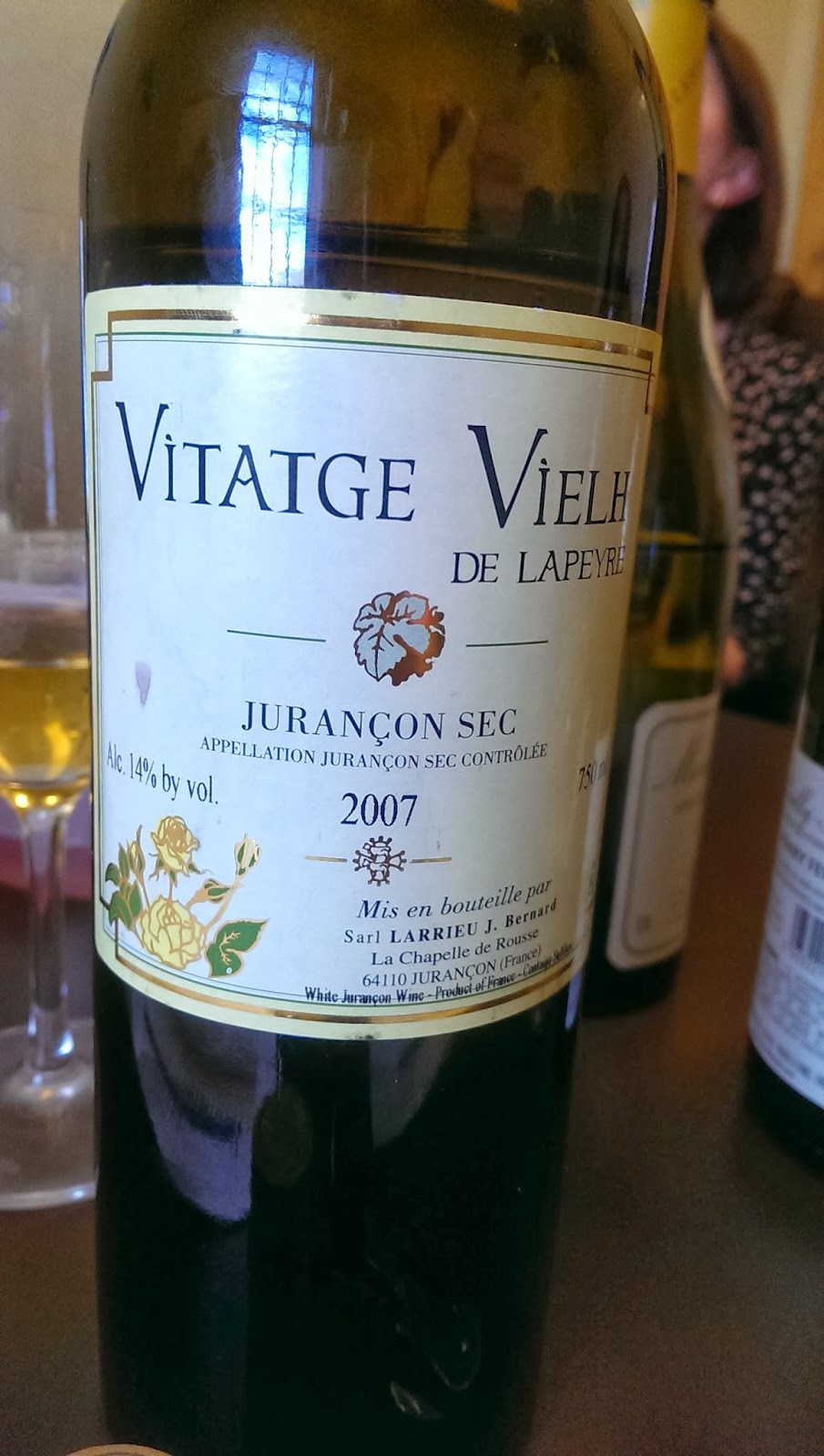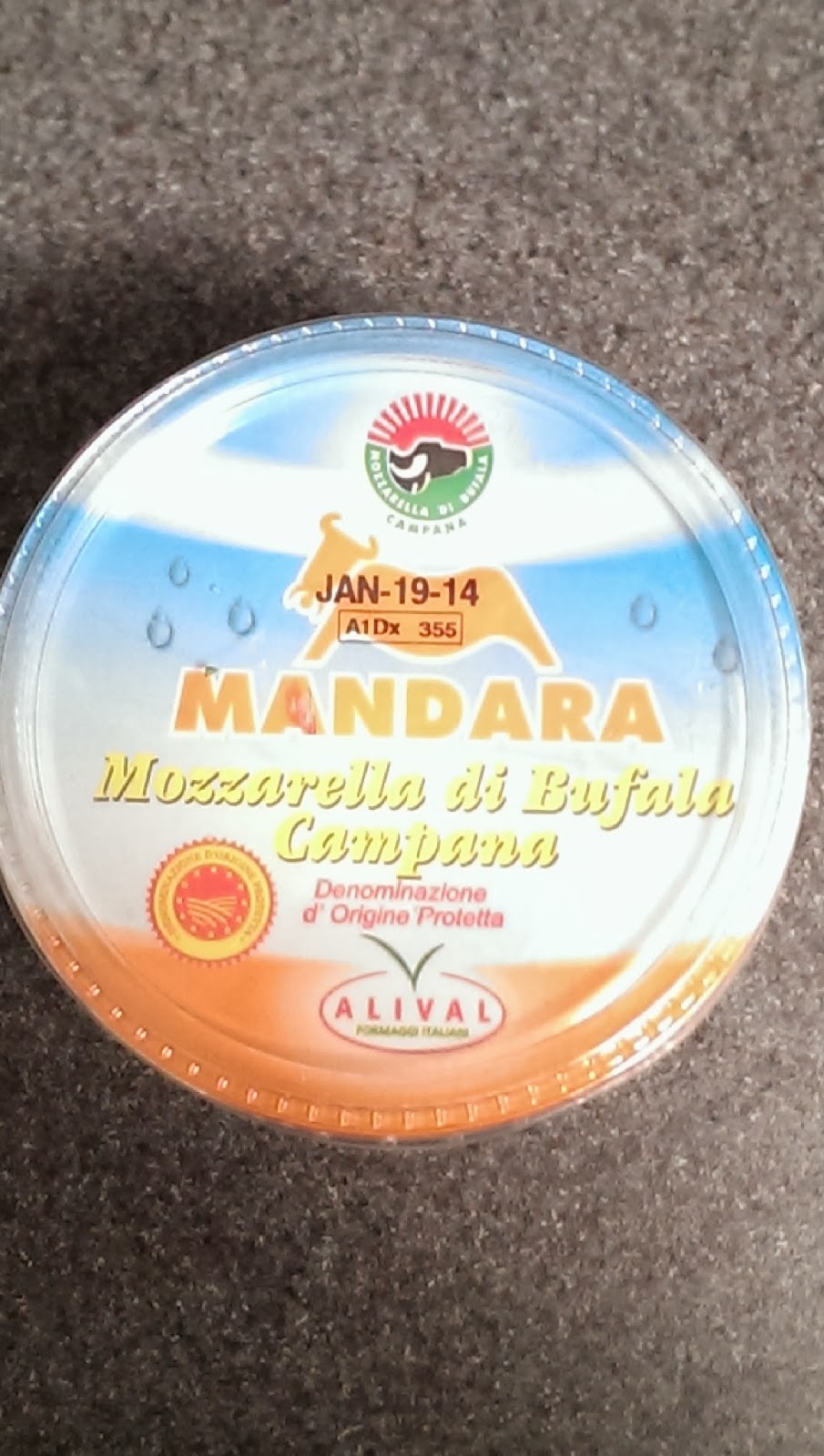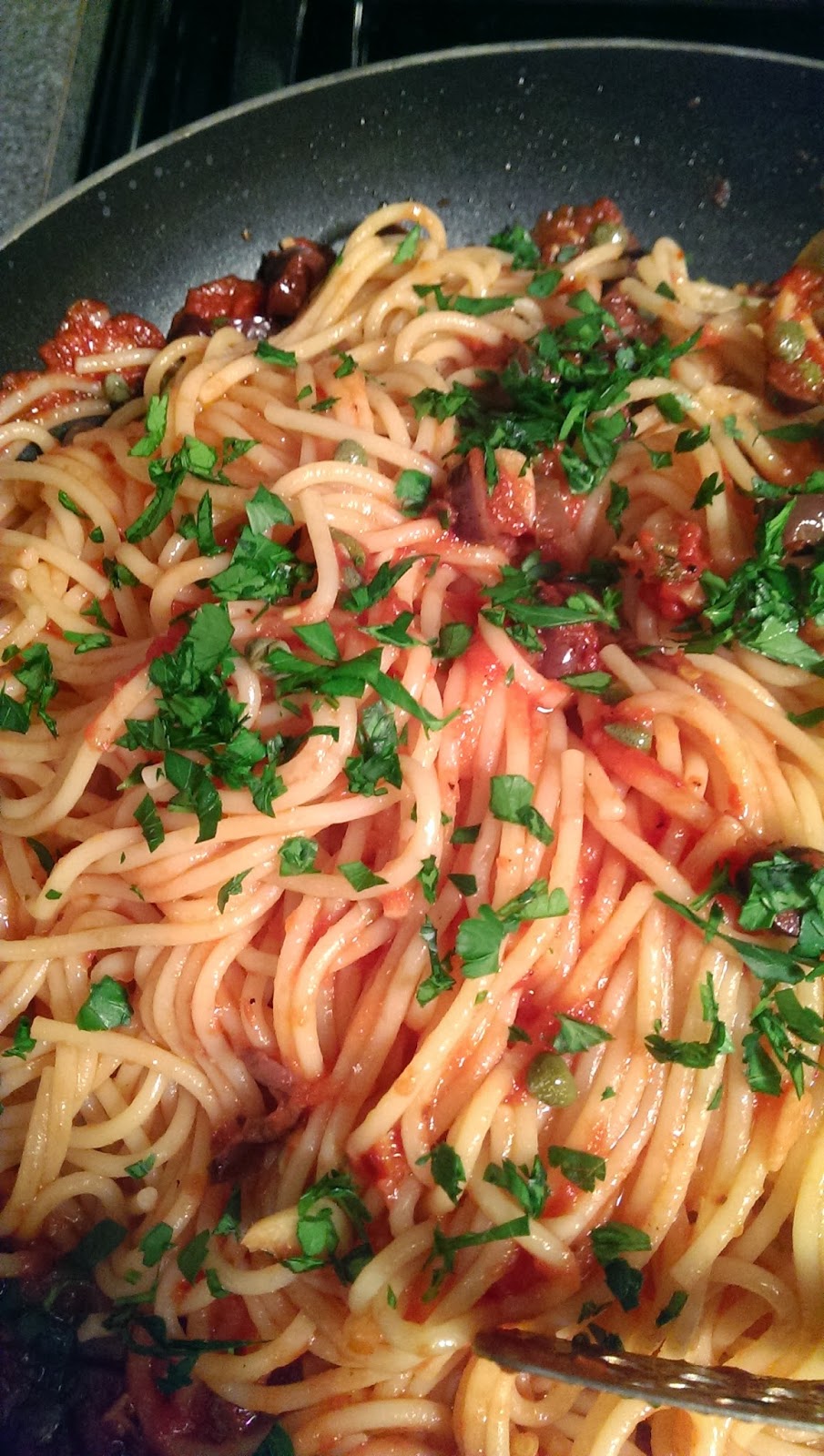At long last I have joined a tasting group! It is very exciting to be able to meet and share wine with like minded individuals, even though they are all preparing to take their WSET level 3 and I have never taken a WSET course before. No matter our first meeting was an overall success. We focused on Bordeaux and Southwest France which prompted me to bring something from Jurancon. It was a dry white wine composed of petit and gros manseng. This was the last wine we tasted and it caused everyone to ooo and ahh. The color was a rich golden hue with heady aromas of butterscotch, dried apricots, and caramel. The palate exhibited screaming acidity with the rich lushness dried apricots and honey. I could understand right away how these grapes are capable of producing long lived dry and sweet wines. According to Wine Grapes the two grapes are closely related and most likely offshoots of the savagnin grape. Gros manseng is typically used for dry white wines whereas petit manseng is favored for the sweet wines. Both varietals have a natural resistance to botrytis allowing for the bunches to stay on the vine late in the harvest. The sweet wines of the region are made through a method called passerillage, which is the process of pinching the vine stems to cut off circulation making it possible for the grapes to stay on the vine for a long time and dehydrate further. Sometimes the grapes aren't harvested until as late as November or December. I look forward to trying one of these sweet late harvest wines in the near future.
The dry wine that I tasted:
*We did the entire WSET tasting grid which is a bit weird for me so I abbreviated my note.*
2007 Lapeyre Jurancon sec
Medium plus aromas of honey, butterscotch, caramel, dried apricots, grapefruit
Dry
Medium plus acidity and alcohol
Medium body
Lemon pith, dried apricots, creamy
Medium plus acidity and alcohol
Medium body
Lemon pith, dried apricots, creamy







